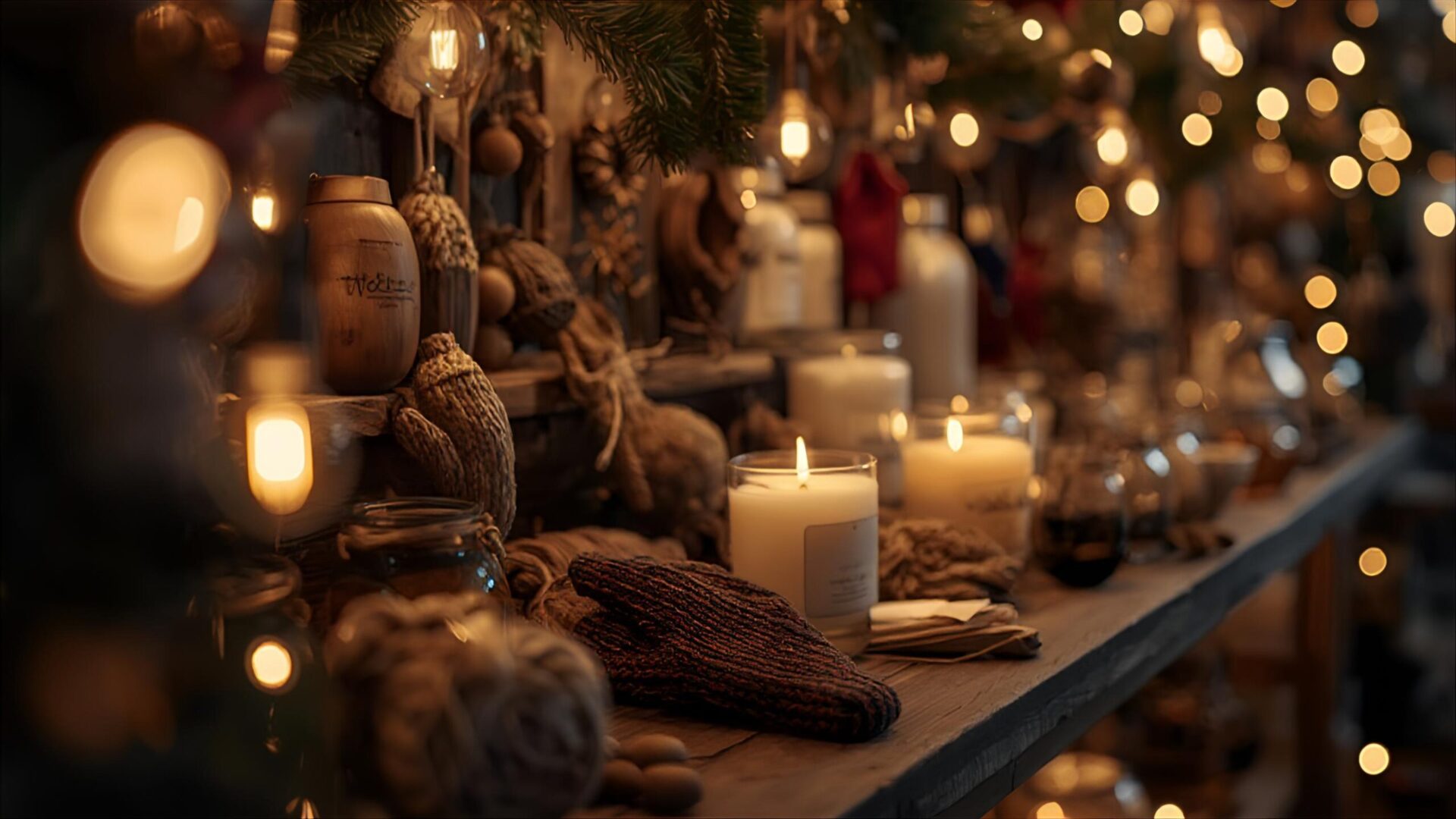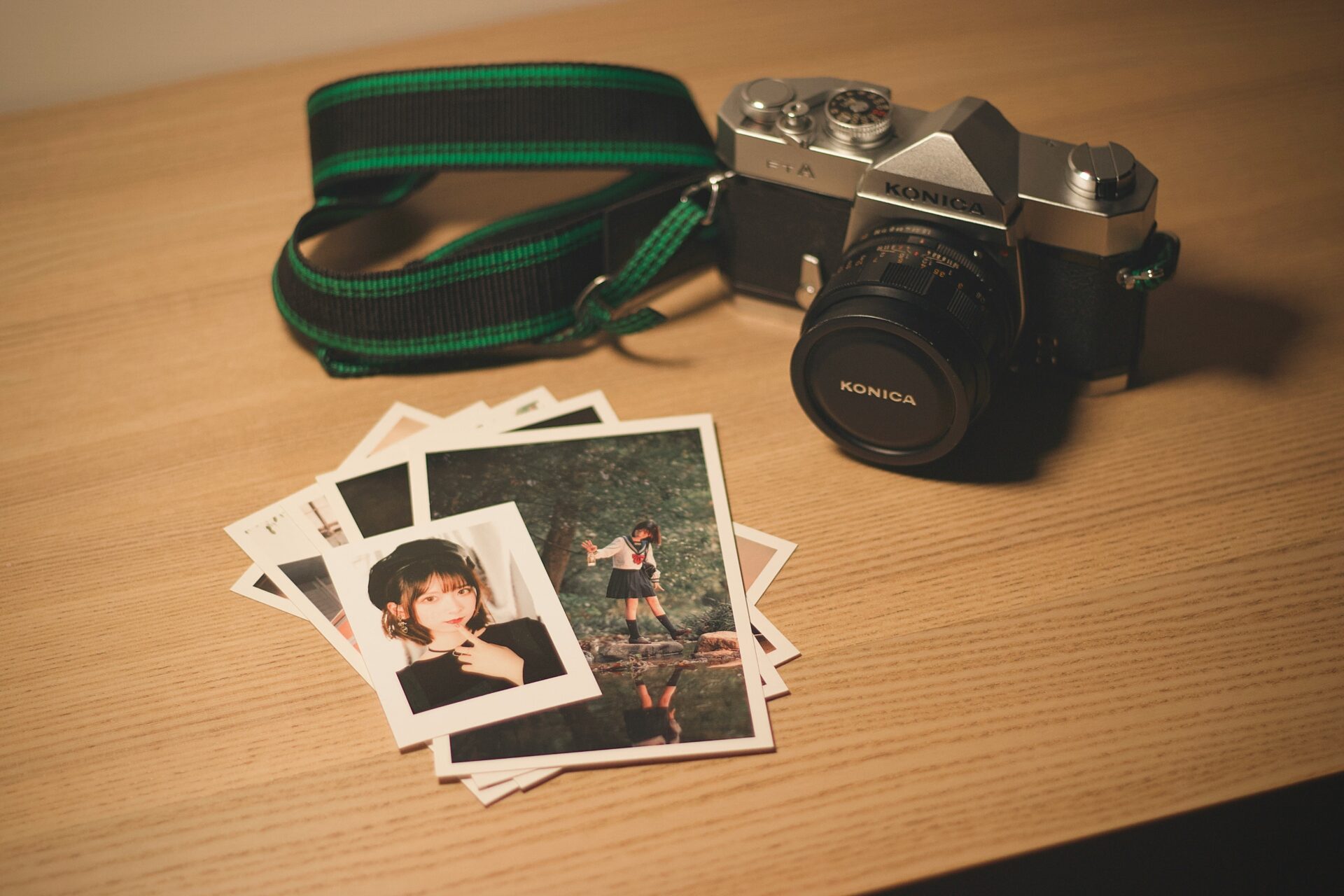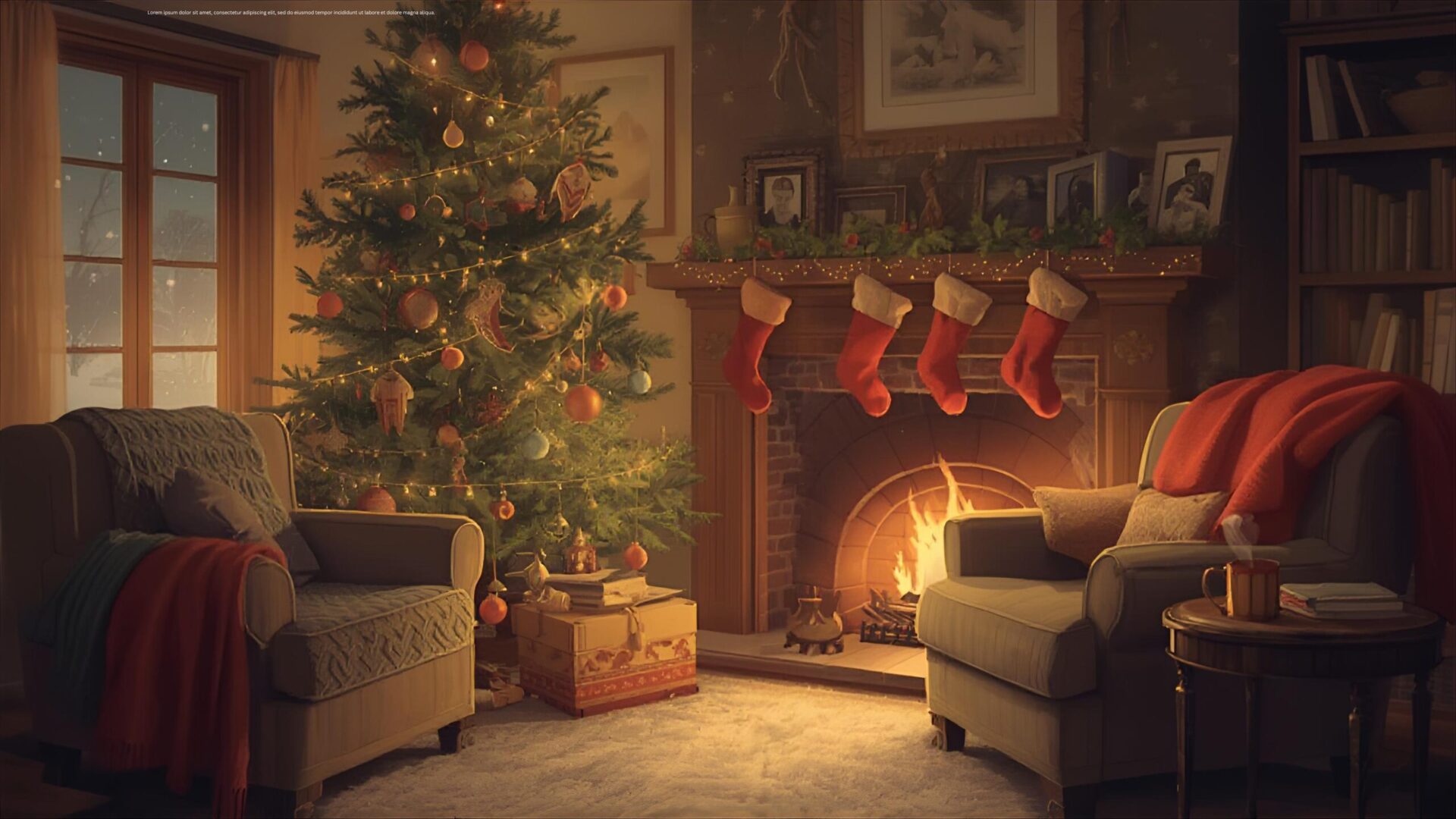Hey there, fellow photography enthusiast! In this blog post, we're diving into the fascinating world of camera settings – those magical dials and buttons that can transform your photos from ordinary to extraordinary. Whether you're a beginner trying to make sense of aperture, shutter speed, and ISO, or a seasoned pro looking for fresh insights, this guide is your go-to resource for mastering the art of photography.
Understanding Camera Settings: Aperture, Shutter Speed, and ISO
Hey there! Today, I want to chat with you about one of my favorite topics when it comes to photography – understanding camera settings, specifically aperture, shutter speed, and ISO. These three settings are like the holy trinity of photography, and mastering them can truly elevate your images to the next level.
Aperture: Your Camera's Pupil
Let's kick things off by talking about aperture. Think of aperture as the pupil of your camera lens – it controls how much light enters the camera. A wider aperture (low f-stop numbers like f/1.4 or f/2.8) lets in more light, creating those dreamy, blurred backgrounds in portraits. On the other hand, a narrow aperture (higher f-stop numbers like f/11 or f/16) allows less light, keeping everything in sharp focus, which is perfect for landscape shots.
When I first started experimenting with aperture, I was amazed at how a simple change could transform a photo. Shooting with a wide aperture during a family gathering, I captured a candid shot of my grandmother laughing, with the background beautifully blurred. It’s still one of my favorite photos because it feels so intimate and focused on her joy.
Shutter Speed: Playing with Time
Next up, we have shutter speed. This setting controls how long your camera's shutter remains open. A faster shutter speed (like 1/1000 or 1/500) freezes motion, which is great for capturing fast-moving subjects like kids playing or sports events. Conversely, a slow shutter speed (around 1/30 or 1/4) can introduce beautiful motion blur, adding a sense of movement to your images.
I once spent an evening experimenting with slow shutter speeds at a local fair. The result? Gorgeous, swirling light trails from the rides that gave a magical, almost surreal feel to the photos. It’s a fun technique that can add a creative touch to your shots.
ISO: Sensitivity to Light
Last but not least, let's talk about ISO. ISO measures your camera sensor's sensitivity to light. A low ISO (like 100 or 200) is ideal for bright, well-lit conditions and produces cleaner images. A high ISO (like 1600 or 3200) boosts sensitivity, which is useful in low-light situations but can introduce grain or noise.
During a dimly lit concert, I cranked up my ISO to capture the performers without a flash. The slight grain added a gritty, rock-and-roll vibe to the images that matched the mood perfectly.
The Exposure Triangle: Balancing Act
Understanding the exposure triangle is where the magic happens. This concept highlights the balance between aperture, shutter speed, and ISO. Adjusting these settings in harmony allows you to achieve the perfect exposure for your shot.
Practical Tips: Making the Most of Your Settings
When it comes to choosing the right settings, it's all about knowing your desired outcome. For portraits, focus on that creamy bokeh by adjusting your aperture. Landscapes demand a sharp focus throughout, requiring a smaller aperture. Action shots thrive on freezing that split-second motion, while low-light scenarios call for balancing ISO and shutter speed to avoid excess noise.
Don’t be afraid to experiment and learn from your mistakes. I’ve taken plenty of overexposed or blurry photos, but each one taught me something new. Over time, you’ll develop an instinct for what works best in different situations.
Keep Clicking and Creating
So, there you have it – a friendly guide to mastering your camera settings. Remember, photography is an art form, and part of the joy comes from experimenting and discovering your unique style. Whether you’re capturing a stunning landscape, a fast-paced sports event, or a candid portrait, understanding aperture, shutter speed, and ISO will help you create images that truly speak to you.
Now, grab your camera, head outside, and start experimenting. The world is full of beautiful moments just waiting to be captured. And remember, the best shot is always the one you haven’t taken yet. Keep clicking and keep creating!
If you're eager to dive deeper into the art of photography and unlock your full creative potential, why not take the next step? Whether you're looking for one-on-one mentorship, engaging online classes, or a treasure trove of resources, our photography education site has you covered. Join us to explore tailored courses designed to elevate your skills, meet fellow photography enthusiasts, and get hands-on guidance from seasoned professionals. Check it out here and start your journey toward mastering the craft of photography!





